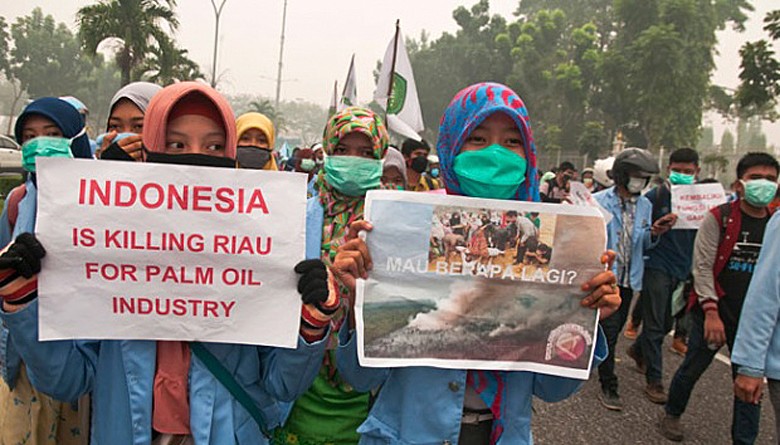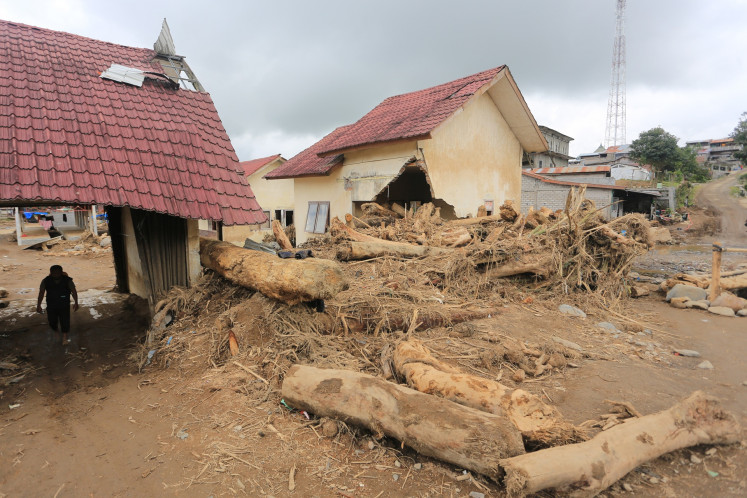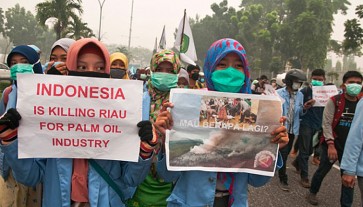Popular Reads
Top Results
Can't find what you're looking for?
View all search resultsPopular Reads
Top Results
Can't find what you're looking for?
View all search resultsIndonesia's current development path unsustainable: Bappenas
Bappenas says the country's development has been supported by "grey infrastructure", a term that refers to infrastructure that results in high levels of carbon emissions during construction or operation or other environmental damages
Change text size
Gift Premium Articles
to Anyone
A
fter suffering a national monetary crisis during the 1998 Asian Financial crisis, Indonesia has been experiencing rapid growth ever since, allowing it to keep pace with developing countries such as China and India while reducing its income gap with developed nations.
Such growth, however, has relied heavily on the unsustainable vast exploitation of natural resources, resulting in environmental damages and social problems nationwide, the National Development Planning Agency (Bappenas) has said in its latest report.
In addressing these issues, the agency said it would urge the government to make its next National Medium-Term Development Plan (RPJMN) more sustainable to benefit not just the environment but also the economy.
In a report titled Low Carbon Development: A Paradigm Shift Toward a Green Economy in Indonesia, Bappenas wrote that economic growth “has [...] heavily and unsustainably tapped into the country’s vast natural resources”.
“Economic growth in Indonesia has come at the expense of its natural resources, which have been depleted and polluted, has been supported mainly by haphazardly built grey infrastructure and has been fueled by largely inefficient and high carbon sources of energy,” the agency wrote.
Grey infrastructure refers to infrastructure that results in high levels of carbon emissions during construction or operation or other environmental damages.
Released on Tuesday, the report detailed the impact of unsustainable and high-carbon development and offered possible solutions for the government.


















